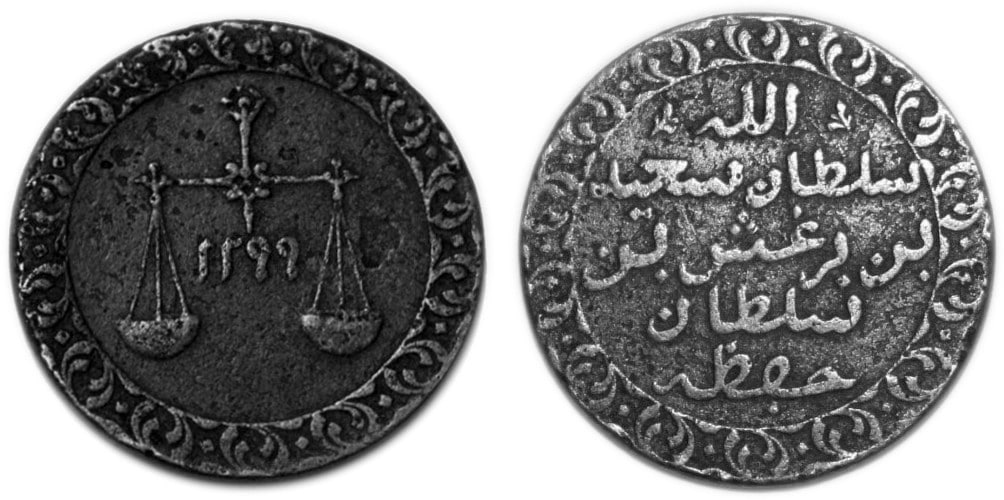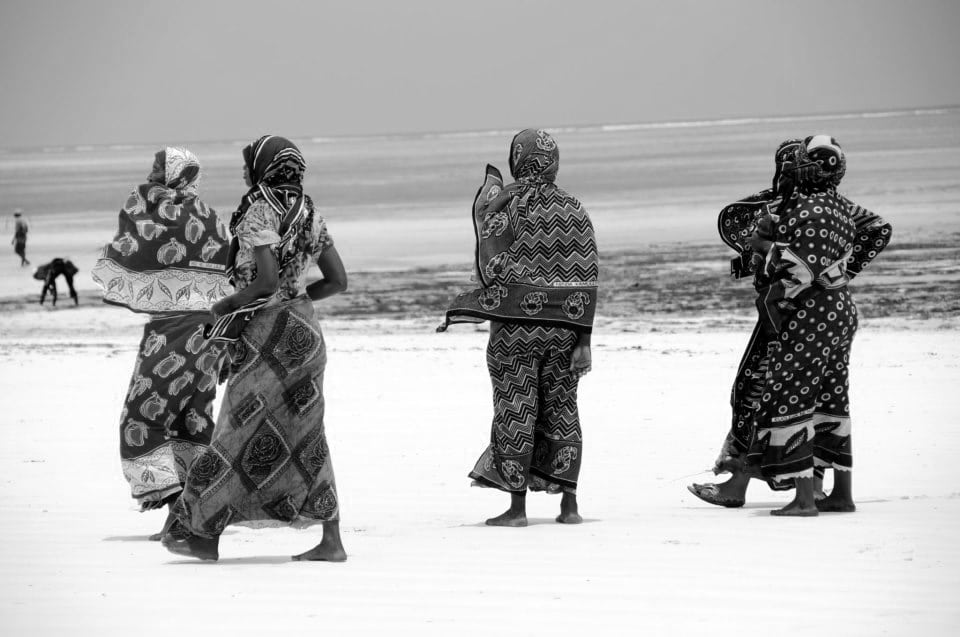Swahili Culture – History, Arts, Crafts, Music, Literature & More
Swahili culture is the way of living of the Swahili people situated along the coast of the Indian Ocean. This seaside area includes Kenya, Mozambique, Tanzania, the nearby Comoros and Zanzibar islands, and some areas of Malawi. Swahili is the native language of these people who belong to the family of Bantu language speakers.
According to Graham Connah, Swahili culture is mercantile, urban, Islamic and literate. The culture is a result of Africa’s Great Lakes area’s history. Just like the language, Swahili culture has Bantu origin with some foreign influences.
Swahili culture developed largely as a result of the interaction between the Bantu-speaking people who settled along the East African coast and the diverse trading cultures that passed through the region over the centuries, including Arabs, Persians, Indians, and Portuguese. In summary, Swahili is a combination of the cultures of the Bantu people and the various Arabic, Persian, and Indian traders and settlers.
Swahili Culture History – Background and Identity
Ancient sites on the Swahili coast symbolize a cultural heritage with various native traditions of ancient swahili culture dating back to the 9th century.
East African Swahili culture mixed with the influence of European colonialism in the 19th and 20th centuries, leading to further changes and adaptations in the language, music, art, and other aspects of the culture. This evolved into the contemporary Swahili culture.
Today, about 173 recognized settlements flourished on the Swahili coast, including neighbouring Islands from the 9th to the 17th centuries, including Malindi, Kilwa, Comoros, Gedi, Zanzibar and Pate.
The latest excavations at those coastal sites were to research the presence of Islam in East Africa (EA) and the growth of the Swahili culture. The impact of Islam on Swahili culture was significant, particularly in Swahili culture and religion and even architecture. When Arab and Persian traders brought Islam to the East African coast in the 8th century, it gradually spread throughout the region, and many Swahili people adopted the religion.
Nevertheless, Swahili’s identity, the related people, and the development of the Swahili coast culture have been disputed historically and today.
Ancient use of coral for construction by the Swahili, who relied on stones to construct tombs and mosques, has been related to the rise of using coral stone in construction by the 14th century on the coast for buildings attributed with the significant importance. On the contrary, there have been reports that Persian and Arab colonists founded the sites. This is another facet of the Swahili culture.

Most claims say that the Swahili culture grew when Arab merchants settled at the coast with ruins referred to as Arab cities. Additionally, many Swahili identified themselves as Persian or Arab descendants. Nevertheless, the latest views believe ancient Swahili coastal locations grew locally after creating tiny fishing and agricultural communities. These led to the development of Swahili culture through trade. This increased Islamic influence in the 12th century.
Escalated connection with the Islamic world promoted the integration of Arab and indigenous African traditions, initiating a local Swahili culture. Nevertheless, both these interpretations are available with reports of local women getting married to Arab merchants, creating a distinct Afro-Arab Swahili culture. The culture seems to have developed in Tanzania and Kenya before eventually ending up in Mozambique.
Early Swahili states took up Islam and were politically autonomous and cosmopolitan. The primary exports of these cultures included ebony, salt, gold, slaves, gold, sandalwood, and ivory. These states started declining towards the 16th century, primarily resulting from the arrival of the Portuguese. Ultimately, Swahili trading posts closed, including the trade collapse between Asia and Africa along the Indian Ocean.
Features of Swahili culture are varied, resulting from its multiple influences. For instance, Swahili food has inspirations from Arabic and Indian cultures. Modifications to particular dishes exist because of religious reasons. Some foods common in Swahili’s daily living include exotic spices, fish, and tropical fruits.
Historically, the Swahili culture was intensely urban with a dominant stringent class structure.
Culture of the Swahili Coast
The Swahili coast is home to a rich and diverse range of cultural traditions. Some of the cultural traditions of the Swahili coast include:
- Music and dance: Taarab music is a popular style of music along the Swahili coast, featuring a mix of African rhythms and Arabic melodies.
- Architecture: Swahili architecture is characterized by its use of coral stone and intricate decorative carvings, often featuring Arabic calligraphy and geometric patterns.
- Clothing: The Swahili culture dressing include the kanga, a brightly colored cloth that is worn by women as a skirt or shawl, and the kanzu, a long tunic worn by men.
- Festivals and celebrations: The Swahili coast is home to a number of festivals and celebrations, such as the Lamu Cultural Festival in Kenya and the Zanzibar International Film Festival in Tanzania.
There and more as the Swahili culture traditions of the Swahili coast.
Swahili Culture in Kenya
The Swahili history and culture in Kenya is a rich and diverse fusion of African, Arab, and Indian influences, and is concentrated mainly along the Kenyan coast, including the island of Lamu and the city of Mombasa.
To read more about Swahili culture Mombasa, check out this website!
Arts and Crafts in the Swahili Culture in Africa
The use of arts and crafts is Swahili culture’s other significant aspect. Art allows self-expression through creativity, function, and shape. Particular multicultural effects are noticed in Swahili art, Swahili architecture, and furniture. The designs do not have images of people because of their Muslim background.
Alternatively, Swahili art usually has geometric designs. Some clothes such as Kanga have significant importance in the Swahili arts and crafts. Kanga is a rectangular cloth and an artefact of Swahili culture. The clothing is made with utmost care. If the cloth fails to match the season, it can’t be a Kanga and is for use as a baby nappy or kitchen apron.
Despite Kanga being quite affordable, it remains a significant aspect of Swahili culture. This clothing is made in Tanzania and appeals to primary women compared to men. However, men can still use it. Kanga is used as a sling for carrying babies, as a kitchen apron, or for carrying melons on the head.

Musical Culture in Swahili
Taarab, also known as Tarabu, is the most significant genre of music in Swahili culture. It is in the Swahili language. Its orchestration and melodies have Indian and Arab influences (whilst Western equipment, including guitars, are used occasionally).
During the 20th century, various genres of music emerged among the Swahili, including spin-offs from popular Western music. Muziki wa dansi is a good example, the Tanzanian alternative of soukous or rumba from Congo. Towards the end of the century, a lot of Swahili music belongs to the Afropop genre. Part of these includes various local spin-offs of American hip hop, such as Bongo Flava.
Swahili Culture Food
Swahili cuisine is a fusion of African, Arab, and Indian influences. It features a variety of flavorful dishes, including rice dishes like pilau and biryani, spicy stews like mchuzi wa samaki (fish stew), and snacks like samosas and mandazi (a type of sweet fried dough). Coconut milk and a variety of spices like cardamom, cinnamon, and cloves are commonly used in Swahili cooking. Overall, Swahili cuisine reflects the region’s history of cultural exchange and is a delicious representation of the Swahili culture.
Swahili Culture Facts – FAQs
What is Swahili Culture?
Swahili culture refers to the unique cultural practices, traditions, beliefs, and customs of the Swahili people who live along the East African coast, particularly in Kenya, Tanzania, Mozambique, and the islands of Zanzibar and Lamu.
How Did the Swahili Culture Develop in East Africa?
The Swahili culture developed in East Africa as a result of the interaction between Bantu-speaking people who had settled along the coast and the various trading cultures that passed through the region over the centuries.
What Does “Cultura Swahili” Mean?
“Cultura Swahili” is the Spanish term for “Swahili culture.”
What Two Cultures Blended to Develop Swahili?
The Bantu and Arabic cultures.
Swahili Civilization was Influenced by Which of the Following Cultures?
-Bantu
-Arabic
-Persian
-All of the above
How is Swahili an Example of Cultural Interaction?
Swahili culture is a prime example of cultural interaction because it is a fusion of African, Arab, and Indian cultural influences that have blended together over centuries of trade, migration, and settlement. The swahili language and culture is a blend of Bantu languages and Arabic, while Swahili cuisine, music, dance, architecture, and clothing all reflect the influence of multiple cultures.
For more articles related to Tanzania culture, click here!




























